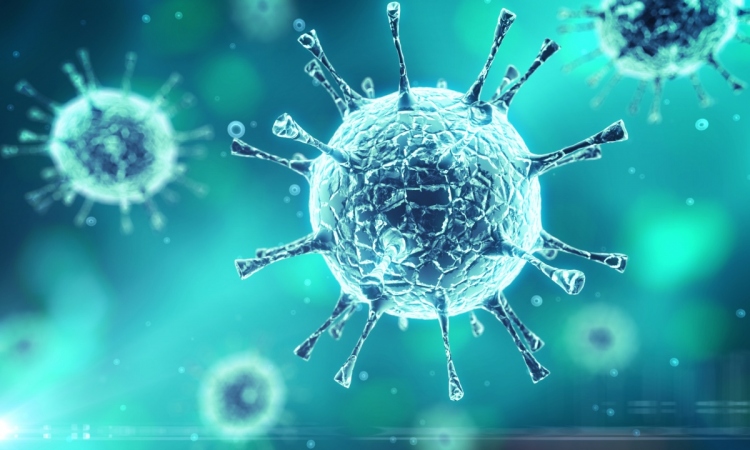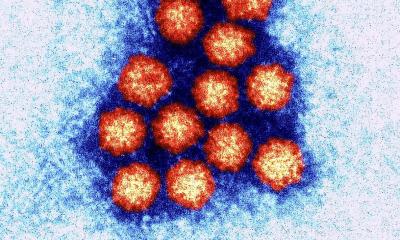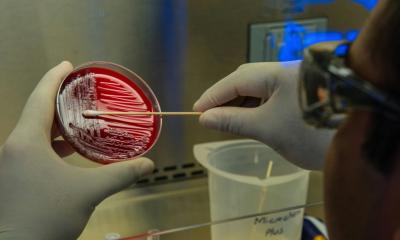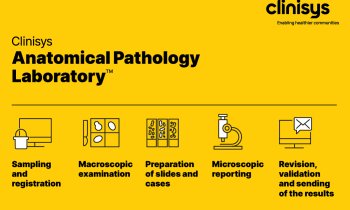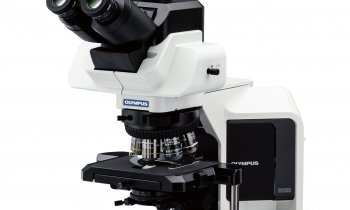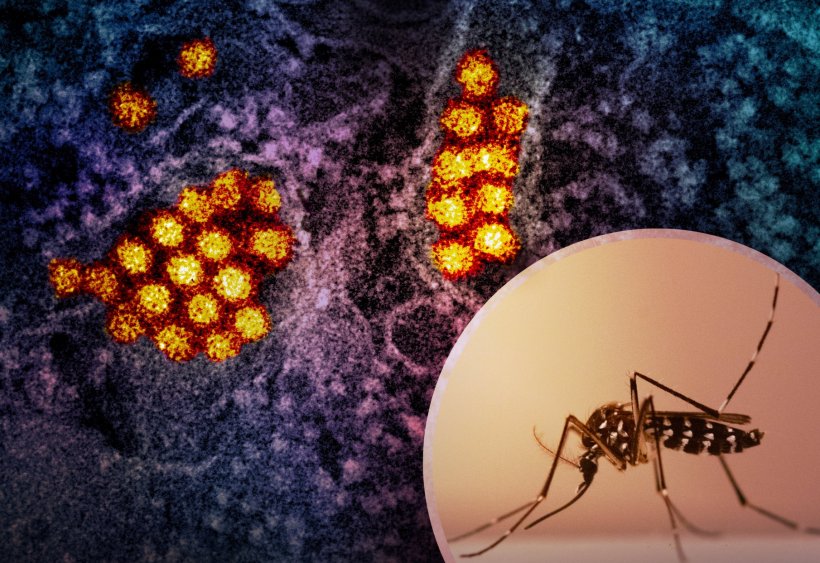
Image source: NIAID, Aedes Mosquito and Dengue Virus Particles, (CC BY 2.0)
News • Mechanopathology
'Dengue-on-a-chip' to study infection mechanisms
Researchers at Leiden University have created a unique model that mimics how disease develops after a dengue infection. This 'dengue-on-a-chip' model helps them study the virus more effectively.
The timing is crucial, as climate change is causing dengue to spread worldwide.
A deadly disease is on the rise: dengue, a mosquito-borne virus that already affects millions and is spreading even further due to climate change. Despite its growing threat, dengue is hard to study in animals - and even harder to treat. Now, researchers at Leiden University, led by principal investigator Alireza Mashaghi, have developed a groundbreaking tool: the first-ever model of dengue virus disease on a chip. This small but powerful device mimics how the disease behaves in the human body, opening new doors for understanding and combating dengue. ‘I realised there wasn’t a single organ-on-a-chip model for dengue,’ Mashaghi says. ‘So we decided to make one.’
The researchers published their insights in the journal ACS Biomaterials Science & Engineering.
Dengue is one of the most rapidly spreading viral diseases in the world. It’s a disease of the future driven by climate change
Alireza Mashaghi
Using organ-on-a-chip technology, the team recreated the conditions of the dengue virus disease. This allowed them to study the disease at the cellular level, especially its most dangerous effect: hemorrhagic shock, which can cause severe bleeding and organ failure. ‘We found that the mechanical properties of endothelial cells, those lining our blood vessels, change during dengue,’ says Mashaghi. ‘This disrupts how blood vessels hold together, causing blood to leak out.’
Mashaghi explains that for a long time, mechanics were a missing link in both medicine and virus research. ‘Now we’re seeing how crucial it is. Mechanics help explain how diseases change the body - not just chemically, but physically too.’ This interdisciplinary approach of combining virology, cell biology, and bioengineering is especially valuable in drug development, where costs and failure rates are high. A model like this could help test treatments faster, cheaper, and more ethically than animal studies.
Why does this matter now? Because dengue is spreading fast. Warmer temperatures and higher humidity are helping mosquitoes reach new regions. ‘Dengue is one of the most rapidly spreading viral diseases in the world,’ Mashaghi says. ‘It’s a disease of the future driven by climate change.’ Each year, the virus puts more than 3.9 billion people at risk across 129 countries. Around 96 million get sick, and 40,000 die.
Recommended article

Article • Outbreak prevention and management efforts
Infectious diseases: new challenges for EU monitoring
Avian flu, MERS, Covid-19, monkeypox: outbreaks of infectious diseases are getting more common in Europe. As a result, the EU must adapt its surveillance strategies and introduce more data-driven, interdisciplinary countermeasues.
The team is already working on the next step: modelling how dengue affects the skin - the very first organ the virus interacts with after a mosquito bite. ‘The skin is heavily influenced by outside temperature,’ Mashaghi explains. ‘We want to see how changes in heat and humidity affect immune responses in the skin.’ Their goal? A skin-on-a-chip that can be exposed to different climate conditions to study how immune cells behave. This could potentially reveal even earlier stages of infection, and how climate may alter them. ‘By bringing mechanics into virology, we’re pushing the field forward,’ Mashaghi says. ‘It’s exciting to see how far we can go by combining disciplines.’
Source: Leiden University; text: Manon Boot
11.04.2025



